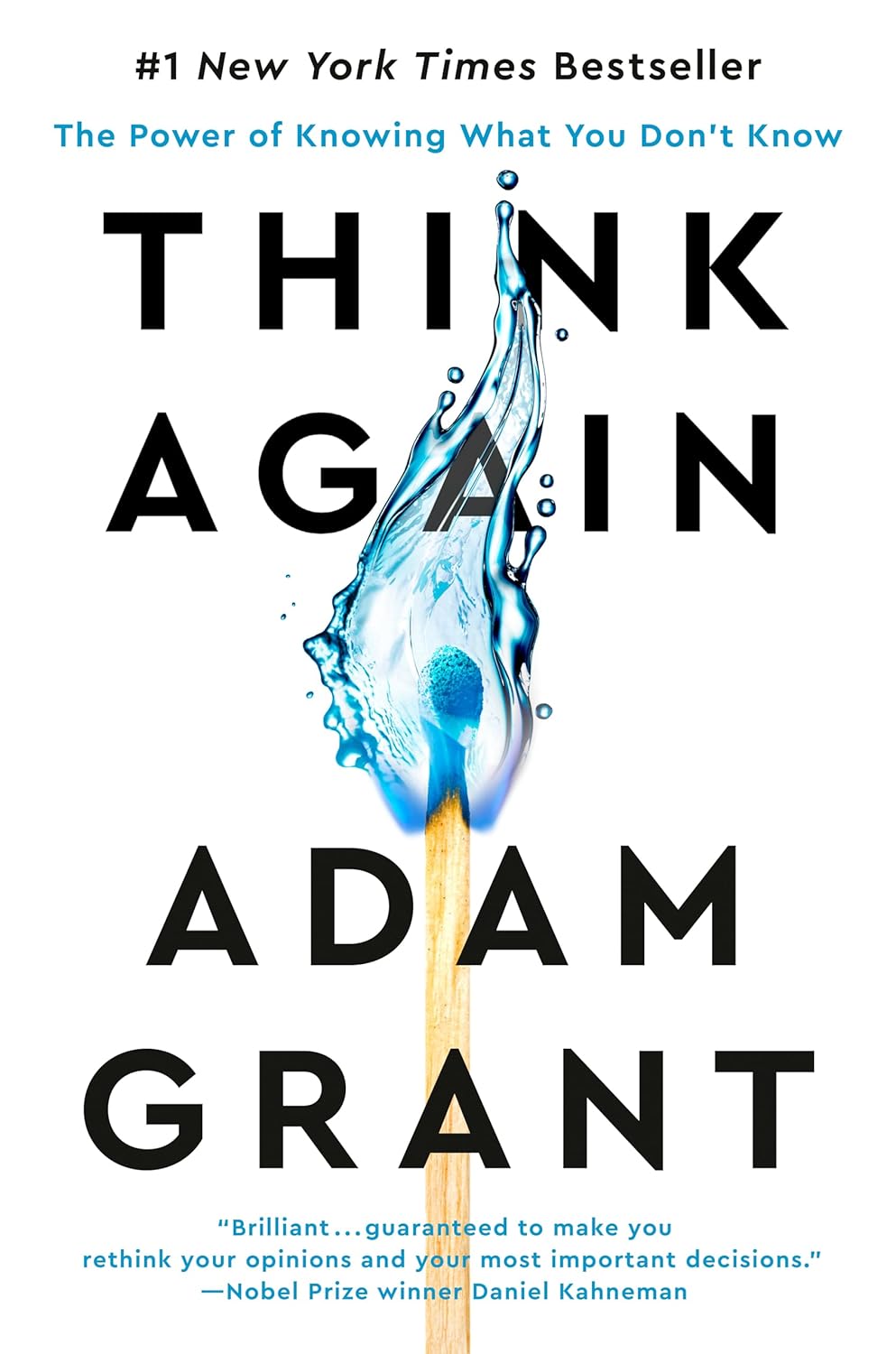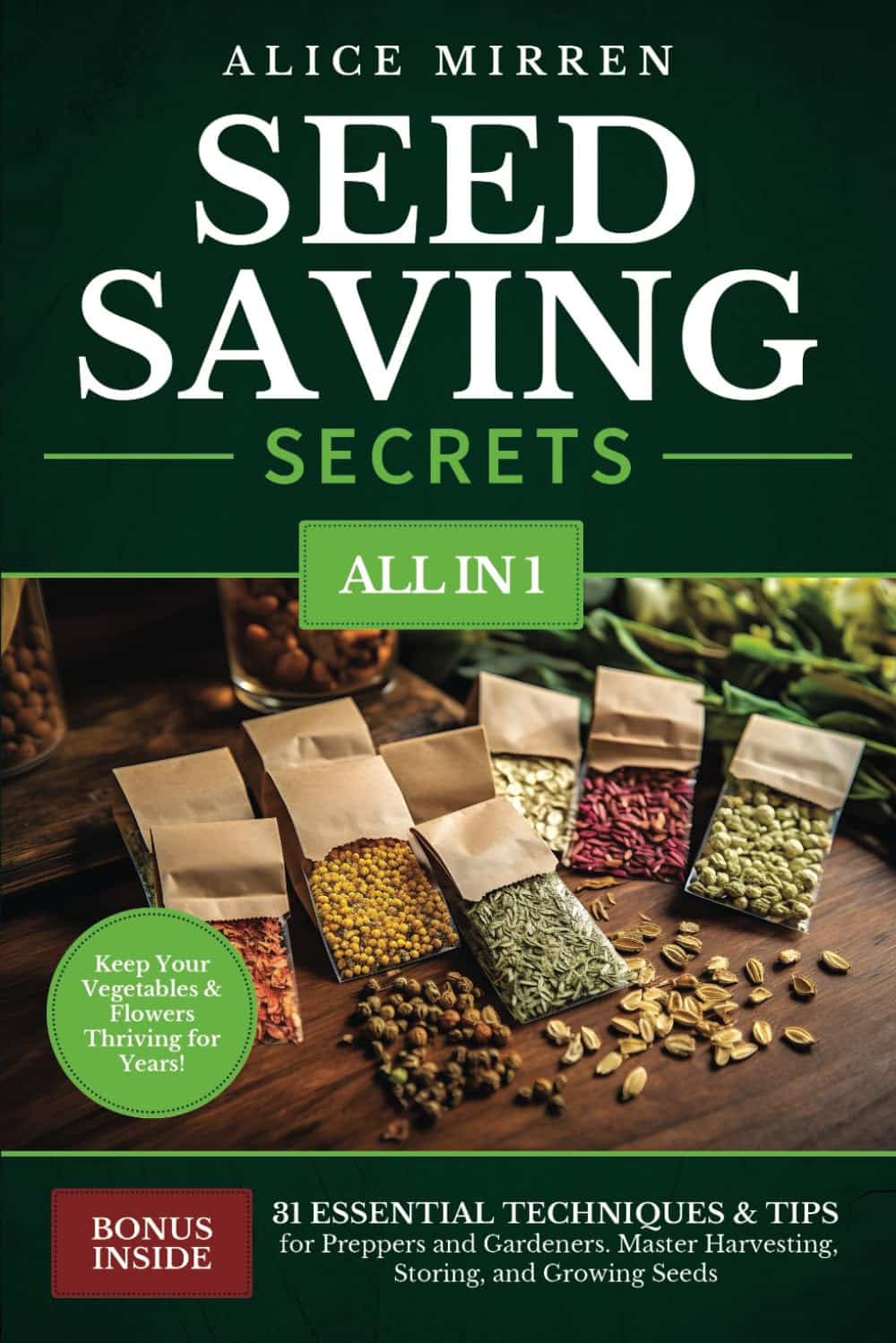
Watermelon vs Cucumber – Which is Healthier?
10almonds is reader-supported. We may, at no cost to you, receive a portion of sales if you purchase a product through a link in this article.
Our Verdict
When comparing watermelon to cucumber, we picked the cucumber.
Why?
Both are good! But in the battle of the “this is mostly water” salad items, cucumber wins out.
In terms of macros they both are, as we say, mostly water. However, watermelon contains more sugar for the same amount of fiber, contributing to cucumber having the lower glycemic index.
When it comes to vitamins, watermelon does a little better; watermelon has more of vitamins A, B1, B3, B6, C, and E, while cucumber has more of vitamins B2, B5, B9, K, and choline. So, a modest 6:5 win for watermelon.
In the category of minerals, it’s a different story; watermelon has more selenium, while cucumber has more calcium, iron, magnesium, manganese, phosphorus, potassium, and zinc.
Both contain an array of polyphenols; mostly different ones from each other.
As ever, enjoy both. However, adding up the sections, we say cucumber enjoys a marginal win here.
Want to learn more?
You might like to read:
Take care!
Don’t Forget…
Did you arrive here from our newsletter? Don’t forget to return to the email to continue learning!
Recommended
Learn to Age Gracefully
Join the 98k+ American women taking control of their health & aging with our 100% free (and fun!) daily emails:
-
The Gym For Your Mental Health
10almonds is reader-supported. We may, at no cost to you, receive a portion of sales if you purchase a product through a link in this article.
Getting The Most Out Of Therapy
If you’ve never had therapy, what image do you have of it? Perhaps you imagine a bearded and bespectacled man in a suit, impassively making notes on a clipboard. Perhaps you imagine an empathetic woman, with tissues and camomile tea on standby.
The reality is: the experience of therapy can vary, a lot.
In its results, too! Sometimes we may try therapy and think “well that was a waste of time and money”. Sometimes we may try therapy and it’ll change our life.
So… Is there any way to make it less of a lottery?
First: knowledge is power
And while the therapist-client relationship certainly shouldn’t be a power struggle, you do want to be empowered.
So, read about different styles of therapy, and also, read some how-to guides for self-therapy. We’ve recommended some before in previous editions of 10almonds; you can check those books out here:
- How to Be Your Own Therapist: Boost your mood and reduce your anxiety in 10 minutes a day – by Owen O’Kane
- You Are the One You’ve Been Waiting For: Applying Internal Family Systems to Intimate Relationships – by Dr. Richard Schwartz
- DBT Made Simple: A Step-by-Step Guide to Dialectical Behavior Therapy – by Sheri van Dijk
- How to Do the Work: Recognize Your Patterns, Heal from Your Past, and Create Your Self – by Dr. Nicole LaPera
This will serve two purposes:
- You’ll know what to expect out of a therapist
- You can more efficiently “get to work” in therapy
It also, of course, could help you already, without even going to therapy!
Second: begin with the end in mind
A person who does not know what they want to get out of therapy, will likely not get much out of therapy. Or rather, their first task will be to figure that out. So, figure it out in advance, if you can.
Maybe you have a problem that has a specific name, for example poor self-esteem, anxiety, stress, depression, trauma, neuroticism, phobia, etc.
This isn’t Alcoholics Anonymous, and in this case you don’t want a lifetime of “Hello, my name is ______ and I have ______”, if you can help it.
So, what do you want?
- Maybe you want to be able to go to social events without feeling anxious
- Maybe you want your relationship(s) to be more secure and fulfilling
- Maybe you want to no longer have nightmares about that traumatic thing
- Maybe you want to be able to greet each day’s tasks with confidence and without overwhelm
…etc.
A good therapist will help you to set such goals (if you haven’t already), and attain them.
If you’re going the self-therapy route, then this is your job now!
It will probably start with the question: imagine that everything currently troubling you is now healed.
What would that look like, to you?
Third: get a good match for you
Unless you are going entirely the self-therapy route (which can work for some), you will want a therapist who’s a good match for you.
It may take a degree of “suck it and see” trial runs before you find the right one, but that takes time and money, so you’ll want to streamline the process as much as you can. If you do this well, you may be able to find a good therapist for you first time.
For this, personal recommendations (such as from friends) may help more than exmaining academic and institutional affiliations.
Yes, you want a well-qualified therapist who is a member in good standing of a respectable regulated body… but whether your therapist is easy for you to “get on with” will matter at least as much as whether their approach is psychodynamic, or 4th wave CBT, or IFS, or whatever seems popular in your time and place.
Bear in mind:
- Some therapists are specialized in helping with some kinds of things and not others. It will obviously help if the therapist you choose is specialized in the thing you are seeking help for.
- Some therapists may be able to relate to you better (or not), based on simple factors of who they are. To this end, while your therapist certainly doesn’t have to be a mirror image of you, factors like age, gender, race, etc can be relevant and may be worth considering, depending on what you are seeking help with, and what factors impact that thing.
Prefer keeping things to yourself?
Therapy isn’t for everyone, but having a good relationship with oneself definitely is. You might want to invest in one of the books whose reviews we linked above, and you might also get value from previous Psychology Sunday articles, which you can find in our archive (every seventh edition here has a Psychology Sunday main feature):
Click Here To Check Out The 10almonds Archive
To borrow the catchphrase of Dr. Kirk Honda (a therapist and therapy educator with decades of experience):
❝Take care of yourself, because you deserve it; you really, really do.❞
Share This Post
-
Women take more antidepressants after divorce than men but that doesn’t mean they’re more depressed
10almonds is reader-supported. We may, at no cost to you, receive a portion of sales if you purchase a product through a link in this article.
Research out today from Finland suggests women may find it harder to adjust to later-life divorce and break-ups than men.
The study used population data from 229,000 Finns aged 50 to 70 who had undergone divorce, relationship break-up or bereavement and tracked their use of antidepressants before and after their relationship ended.
They found antidepressant use increased in the four years leading to the relationship dissolution in both genders, with women experiencing a more significant increase.
But it’s too simplistic to say women experience poorer mental health or tend to be less happy after divorce than men.
Remind me, how common is divorce?
Just under 50,000 divorces are granted each year in Australia. This has slowly declined since the 1990s.
More couple are choosing to co-habitate, instead of marry, and the majority of couples live together prior to marriage. Divorce statistics don’t include separations of cohabiting couples, even though they are more likely than married couples to separate.
Those who divorce are doing so later in life, often after their children grow up. The median age of divorce increased from 45.9 in 2021 to 46.7 in 2022 for men and from 43.0 to 43.7 for women.
The trend of late divorces also reflects people deciding to marry later in life. The median duration from marriage to divorce in 2022 was around 12.8 years and has remained fairly constant over the past decade.
Why do couples get divorced?
Changes in social attitudes towards marriage and relationships mean divorce is now more accepted. People are opting not to be in unhappy marriages, even if there are children involved.
Instead, they’re turning the focus on marriage quality. This is particularly true for women who have established a career and are financially autonomous.
Similarly, my research shows it’s particularly important for people to feel their relationship expectations can be fulfilled long term. In addition to relationship quality, participants reported needing trust, open communication, safety and acceptance from their partners.
“Grey divorce” (divorce at age 50 and older) is becoming increasingly common in Western countries, particularly among high-income populations. While factors such as an empty nest, retirement, or poor health are commonly cited predictors of later-in-life divorce, research shows older couples divorce for the same reasons as younger couples.
What did the new study find?
The study tracked antidepressant use in Finns aged 50 to 70 for four years before their relationship breakdown and four years after.
They found antidepressant use increased in the four years leading to the relationship break-up in both genders. The proportion of women taking antidepressants in the lead up to divorce increased by 7%, compared with 5% for men. For de facto separation antidepressant use increased by 6% for women and 3.2% for men.
Within a year of the break-up, antidepressant use fell back to the level it was 12 months before the break-up. It subsequently remained at that level among the men.
But it was a different story for women. Their use tailed off only slightly immediately after the relationship breakdown but increased again from the first year onwards.
Women’s antidepressant use increased again.
sk/UnsplashThe researchers also looked at antidepressant use after re-partnering. There was a decline in the use of antidepressants for men and women after starting a new relationship. But this decline was short-lived for women.
But there’s more to the story
Although this data alone suggest women may find it harder to adjust to later-life divorce and break-ups than men, it’s important to note some nuances in the interpretation of this data.
For instance, data suggesting women experience depression more often than men is generally based on the rate of diagnoses and antidepressant use, which does not account for undiagnosed and unmedicated people.
Women are generally more likely to access medical services and thus receive treatment. This is also the case in Australia, where in 2020–2022, 21.6% of women saw a health professional for their mental health, compared with only 12.9% of men.
Why women might struggle more after separating
Nevertheless, relationship dissolution can have a significant impact on people’s mental health. This is particularly the case for women with young children and older women.
So what factors might explain why women might experience greater difficulties after divorce later in life?
Research investigating the financial consequences of grey divorce in men and women showed women experienced a 45% decline in their standard of living (measured by an income-to-needs ratio), whereas men’s dropped by just 21%. These declines persisted over time for men, and only reversed for women following re-partnering.
Another qualitative study investigating the lived experiences of heterosexual couples post-grey divorce identified financial worries as a common theme between female participants.
A female research participant (age 68) said:
[I am most worried about] the money, [and] what I’m going to do when the little bit of money I have runs out […] I have just enough money to live. And, that’s it, [and if] anything happens I’m up a creek. And Medicare is incredibly expensive […] My biggest expense is medicine.
Another factor was loneliness. One male research participant (age 54) described he preferred living with his ex-wife, despite not getting along with her, than being by himself:
It was still [good] knowing that [the] person was there, and now that’s gone.
Other major complications of later-life divorce are possible issues with inheritance rights and next-of-kin relationships for medical decision-making.
Separation can be positive
For some people, divorce or separation can lead to increased happiness and feeling more independent.
And the mental health impact and emotional distress of a relationship dissolution is something that can be counterattacked with resilience. Resilience to dramatic events built from life experience means older adults often do respond better to emotional distress and might be able to adjust better to divorce than their younger counterparts.
Raquel Peel, Adjunct Senior Lecturer, University of Southern Queensland and Senior Lecturer, RMIT University
This article is republished from The Conversation under a Creative Commons license. Read the original article.
Share This Post
-
Think Again – by Adam Grant
10almonds is reader-supported. We may, at no cost to you, receive a portion of sales if you purchase a product through a link in this article.
Warning: this book may cause some feelings of self-doubt! Ride them out and see where they go, though.
It was Socrates who famously (allegedly) said “ἓν οἶδα ὅτι οὐδὲν οἶδα”—”I know that I know nothing”.
Adam Grant wants us to take this philosophy and apply it usefully to modern life. How?
The main premise is that rethinking our plans, answers and decisions is a good thing… Not a weakness. In contrast, he says, a fixed mindset closes us to opportunities—and better alternatives.
He wants us to be sure that we don’t fall into the trap of the Dunning-Kruger Effect (overestimating our abilities because of being unaware of how little we know), but he also wants us to rethink whole strategies, too. For example:
Grant’s approach to interpersonal conflict is very remniscent of another book we might review sometime, “Aikido in Everyday Life“. The idea here is to not give in to our knee-jerk responses to simply retaliate in kind, but rather to sidestep, pivot, redirect. This is, admittedly, the kind of “rethinking” that one usually has to rethink in advance—it’s too late in the moment! Hence the value of a book.
Nor is the book unduly subjective. “Wishy-washiness” has a bad rep, but Grant gives us plenty in the way of data and examples of how we can, for example, avoid losses by not doubling down on a mistake.
What, then, of strongly-held core principles? Rethinking doesn’t mean we must change our mind—it simply means being open to the possibility in contexts where such makes sense.
Grant borrows, in effect, from:
❝Do the best you can until you know better. Then when you know better… do better!❞
So, not so much undercutting the principles we hold dear, and instead rather making sure they stand on firm foundations.
All in all, a thought-provokingly inspiring read!
Share This Post
Related Posts
-
7 things you can do if you think you sweat too much
10almonds is reader-supported. We may, at no cost to you, receive a portion of sales if you purchase a product through a link in this article.
Sweating is our body’s way of cooling down, a bit like an internal air conditioner.
When our core temperature rises (because it’s hot outside, or you’re exercising), sweat glands all over our skin release a watery fluid. As that fluid evaporates, it takes heat with it, keeping us from overheating.
But sweating can vary from person to person. Some people might just get a little dewy under the arms, others feel like they could fill a swimming pool (maybe not that dramatic, but you get the idea).
So what’s a normal amount of sweat? And what’s too much?
ERIK Miheyeu/Shutterstock Why do some people sweat more than others?
How much you sweat depends on a number of factors including:
- your age (young kids generally sweat less than adults)
- your sex (men tend to sweat more than women)
- how active you are.
The average person sweats at the rate of 300 millilitres per hour (at 30°C and about 40% humidity). But as you can’t go around measuring the volume of your own sweat (or weighing it), doctors use another measure to gauge the impact of sweating.
They ask whether sweating interferes with your daily life. Maybe you stop wearing certain clothes because of the sweat stains, or feel embarrassed so don’t go to social events or work.
If so, this is a medical condition called hyperhidrosis, which affects millions of people worldwide.
People with this condition most commonly report problematic armpit sweating, as you’d expect. But sweaty hands, feet, scalp and groin can also be an issue.
Hyperhidrosis can be a symptom of another medical condition, such as an overactive thyroid, fever or menopause.
But hyperhidrosis can have no obvious cause, and the reasons behind this so-called primary hyperhidrosis are a bit of a mystery. People have normal numbers of sweat glands but researchers think they simply over-produce sweat after triggers such as stress, heat, exercise, tobacco, alcohol and hot spices. There may also be a genetic link.
OK, I sweat a lot. What can I do?
1. Antiperspirants
Antiperspirants, particularly ones with aluminium, are your first line of defence and are formulated to reduce sweating. Deodorants only stop body odour.
Aluminum chloride hexahydrate, aluminium chloride or the weaker aluminum zirconium tetrachlorohydrex glycinate react with proteins in the sweat glands, forming a plug. This plug temporarily blocks the sweat ducts, reducing the amount of sweat reaching the skin’s surface.
These products can contain up to 25% aluminium. The higher the percentage the better these products work, but the more they irritate the skin.
Make sure you’re buying antiperspirant and not deodorant. Okrasiuk/Shutterstock 2. Beat the heat
This might seem obvious, but staying cool can make a big difference. That’s because you have less heat to lose, so the body makes less sweat.
Avoid super-hot, long showers (you will have more heat to loose), wear loose-fitting clothes made from breathable fabrics such as cotton (this allows any sweat you do produce to evaporate more readily), and carry a little hand fan to help your sweat evaporate.
When exercising try ice bandanas (ice wrapped in a scarf or cloth, then applied to the body) or wet towels. You can wear these around the neck, head, or wrists to reduce your body temperature.
Try also to modify the time or place you exercise; try to find cool shade or air-conditioned areas when possible.
If you have tried these first two steps and your sweating is still affecting your life, talk to your doctor. They can help you figure out the best way to manage it.
3. Medication
Some medications can help regulate your sweating. Unfortunately some can also give you side effects such as a dry mouth, blurred vision, stomach pain or constipation. So talk to your doctor about what’s best for you.
Your GP may also refer you to a dermatologist – a doctor like myself who specialises in skin conditions – who might recommend different treatments, including some of the following.
4. Botulinum toxin injections
Botulinum toxin injections are not just used for cosmetic reasons. They have many applications in medicine, including blocking the nerves that control the sweat glands. They do this for many months.
A dermatologist usually gives the injections. But they’re only subsidised by Medicare in Australia for the armpits and if you have primary hyperhidrosis that hasn’t been controlled by the strongest antiperspirants. These injections are given up to three times a year. It is not subsidised for other conditions, such as an overactive thyroid or for other areas such as the face or hands.
If you don’t qualify, you can have these injections privately, but it will cost you hundreds of dollars per treatment, which can last up to six months.
Injections are available on Medicare in some cases. Satyrenko/Shutterstock 5. Iontophoresis
This involves using a device that passes a weak electrical current through water to the skin to reducing sweating in the hands, feet or armpits. Scientists aren’t sure exactly how it works.
But this is the only way to control sweating of the hands and feet that does not require drugs, surgery or botulinum toxin injections.
This treatment is not subsidised by Medicare and not all dermatologists provide it. However, you can buy and use your own device, which tends to be cheaper than accessing it privately. You can ask your dermatologist if this is the right option for you.
6. Surgery
There is a procedure to cut certain nerves to the hands that stop them sweating. This is highly effective but can cause sweating to occur elsewhere.
There are also other surgical options, which you can discuss with your doctor.
7. Microwave therapy
This is a newer treatment that zaps your sweat glands to destroy them so they can’t work any more. It’s not super common yet, and it is quite painful. It’s available privately in a few centres.
Michael Freeman, Associate Professor of Dermatology, Bond University
This article is republished from The Conversation under a Creative Commons license. Read the original article.
Don’t Forget…
Did you arrive here from our newsletter? Don’t forget to return to the email to continue learning!
Learn to Age Gracefully
Join the 98k+ American women taking control of their health & aging with our 100% free (and fun!) daily emails:
-
Seed Saving Secrets – by Alice Mirren
10almonds is reader-supported. We may, at no cost to you, receive a portion of sales if you purchase a product through a link in this article.
We all know that home-grown is best, and yet many of us are not exactly farmers (this reviewer tries with mixed results—hardy crops survive; others, not so much). While it’s easy to blame the acidic soil, the harsh climate, or not having enough time and money (this reviewer blames all of the above), the fact remains that a skilled gardener can produce a good crop in any conditions.
That’s where this book helps; right from the beginning, from the seeds. Have you ever bought a pack of seeds, excitedly sown them, and then had a germination rate of zero or something close to that (this reviewer has)?
Alice Mirren takes us on a tour of how to save seeds from plants you know are regionally viable (not the product of some vast globalized industry that doesn’t know you live in an ancient bog with a cold south-east wind blowing in from Siberia), and then how to care for and curate them, how to store them for future years, how to keep a self-perpetuating seed bank.
She goes beyond that, though. Regular 10almonds readers might remember about the supercentenarian “Blue Zones”, and how big factors in healthy longevity include community and purpose; Mirren advocates for organizing community seed banks, which will also mean that everyone (including you) has access to much more diverse seeds, and when it comes to the perils of natural selection, diversity means survival. Otherwise, if you have just one seed type, a single blight can wipe out everything pretty much overnight.
Bottom line: if you grow your own food or would like to, this is a “bible of…” level book that you absolutely should have to hand.
Click here to check out Seed Saving Secrets, and see the results in your kitchen and on your plate!
Don’t Forget…
Did you arrive here from our newsletter? Don’t forget to return to the email to continue learning!
Learn to Age Gracefully
Join the 98k+ American women taking control of their health & aging with our 100% free (and fun!) daily emails:
-
Intuitive Eating Might Not Be What You Think
10almonds is reader-supported. We may, at no cost to you, receive a portion of sales if you purchase a product through a link in this article.
In our recent Expert Insights main features, we’ve looked at two fairly opposing schools of thought when it comes to managing what we eat.
First we looked at:
What Flexible Dieting Really Means
…and the notion of doing things imperfectly for greater sustainability, and reducing the cognitive load of dieting by measuring only the things that are necessary.
And then in opposition to that,
What Are The “Bright Lines” Of Bright Line Eating?
…and the notion of doing things perfectly so as to not go astray, and reducing the cognitive load of dieting by having hard-and-fast rules that one does not second-guess or reconsider later when hungry.
Today we’re going to look at Intuitive Eating, and what it does and doesn’t mean.
Intuitive Eating does mean paying attention to hunger signals (each way)
Intuitive Eating means listening to one’s body, and responding to hunger signals, whether those signals are saying “time to eat” or “time to stop”.
A common recommendation is to “check in” with one’s body several times per meal, reflecting on such questions as:
- Do I have hunger pangs? Would I seek food now if I weren’t already at the table?
- If I hadn’t made more food than I’ve already eaten so far, would that have been enough, or would I have to look for something else to eat?
- Am I craving any of the foods that are still before me? Which one(s)?
- How much “room” do I feel I still have, really? Am I still in the comfort zone, and/or am I about to pass into having overeaten?
- Am I eating for pleasure only at this point? (This is not inherently bad, by the way—it’s ok to have a little more just for pleasure! But it is good to note that this is the reason we’re eating, and take it as a cue to slow down and remember to eat mindfully, and enjoy every bite)
- Have I, in fact, passed the point of pleasure, and I’m just eating because it’s in front of me, or so as to “not be wasteful”?
See also: Interoception: Improving Our Awareness Of Body Cues
And for that matter: Mindful Eating: How To Get More Out Of What’s On Your Plate
Intuitive Eating is not “80:20”
When it comes to food, the 80:20 rule is the idea of having 80% of one’s diet healthy, and the other 20% “free”, not necessarily unhealthy, but certainly not moderated either.
Do you know what else the 80:20 food rule is?
A food rule.
Intuitive Eating doesn’t do those.
The problem with food rules is that they can get us into the sorts of problems described in the studies showing how flexible dieting generally works better than rigid dieting.
Suddenly, what should have been our free-eating 20% becomes “wait, is this still 20%, or have I now eaten so much compared to the healthy food, that I’m at 110% for my overall food consumption today?”
Then one gets into “Well, I’ve already failed to do 80:20 today, so I’ll try again tomorrow [and binge meanwhile, since today is already written off]”
See also: Eating Disorders: More Varied (And Prevalent) Than People Think
It’s not “eat anything, anytime”, either
Intuitive Eating is about listening to your body, and your brain is also part of your body.
- If your body is saying “give me sugar”, your brain might add the information “fruit is healthier than candy”.
- If your body is saying “give me fat”, your brain might add the information “nuts are healthier than fried food”
- If your body is saying “give me salt”, your brain might add the information “kimchi is healthier than potato chips”
That doesn’t mean you have to swear off candy, fried food, or potato chips.
But it does mean that you might try satisfying your craving with the healthier option first, giving yourself permission to have the less healthy option afterwards if you still want it (you probably won’t).
See also:
I want to eat healthily. So why do I crave sugar, salt and carbs?
Want to know more about Intuitive Eating?
You might like this book that we reviewed previously:
Intuitive Eating – by Evelyn Tribole and Elyse Resch
Enjoy!
Don’t Forget…
Did you arrive here from our newsletter? Don’t forget to return to the email to continue learning!
Learn to Age Gracefully
Join the 98k+ American women taking control of their health & aging with our 100% free (and fun!) daily emails:











